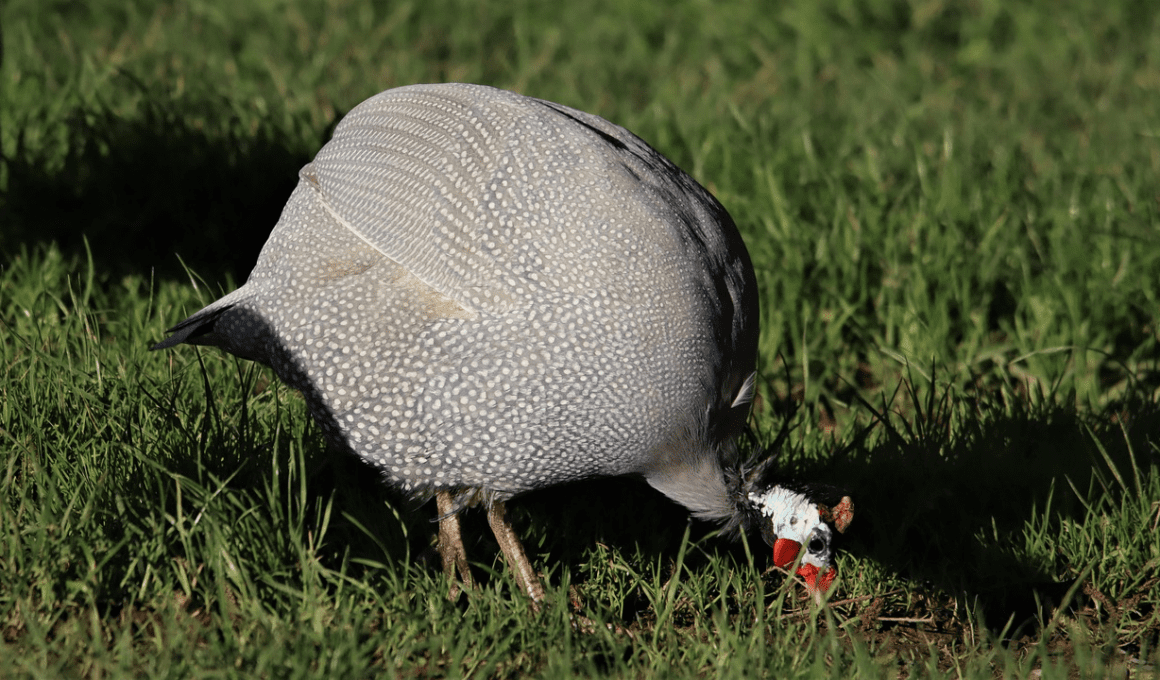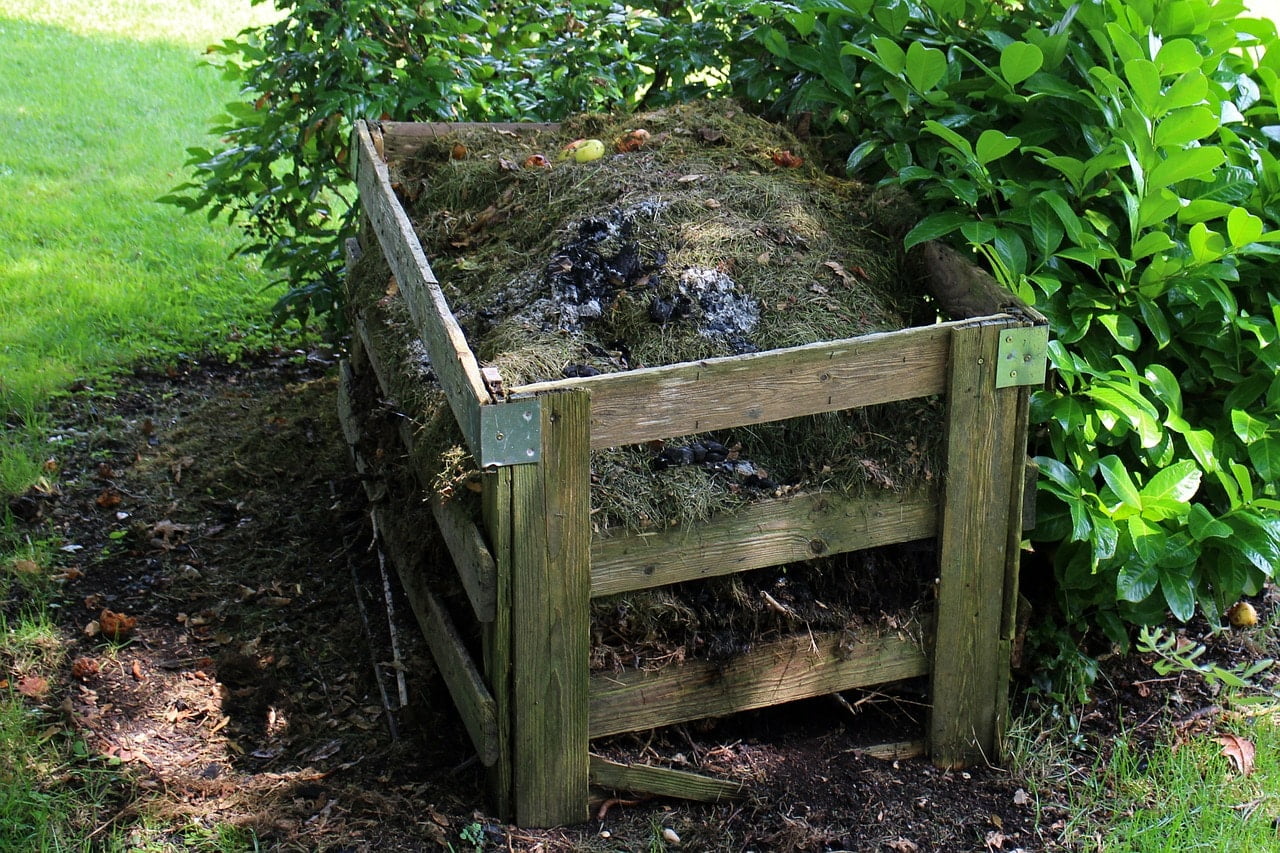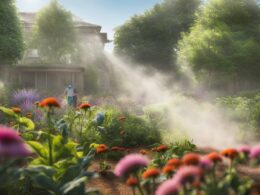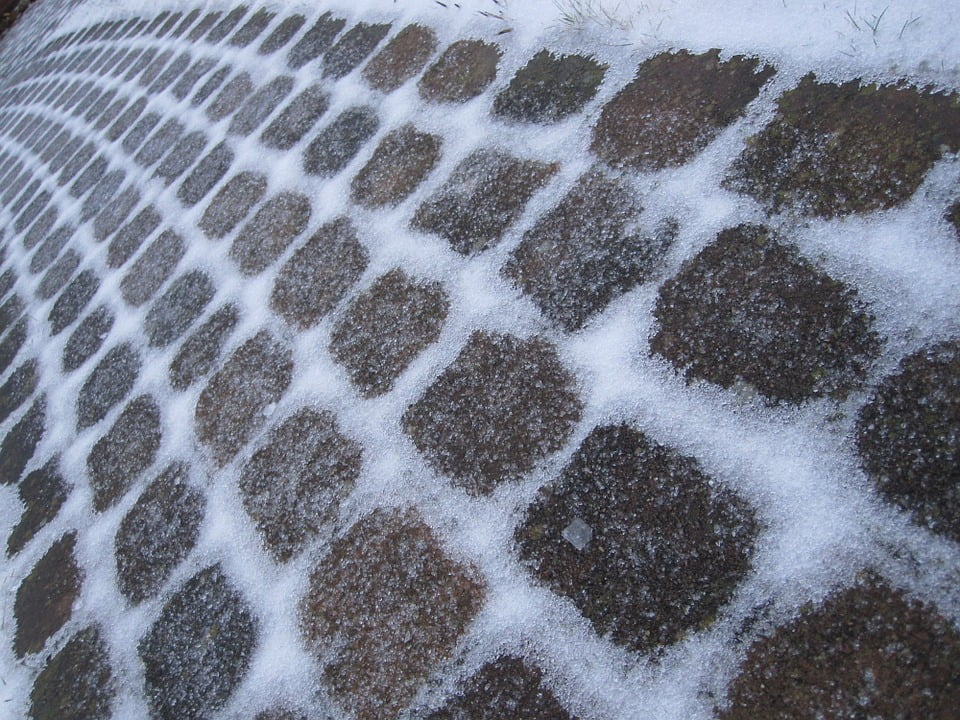Are you tired of feeling cramped in your small backyard? Do you dream of having a spacious outdoor sanctuary where you can relax, entertain, or simply enjoy the fresh air? Well, you’re in luck! In this article, we’ll share six tips from backyard design expert Justin Micheal on how to maximize your space and create the illusion of a bigger backyard.
By following these simple yet effective strategies, you’ll be able to transform your backyard into a cozy hideaway, fun party pad, or peaceful oasis.
Whether you have a tiny yard or a larger one that feels cluttered, there are many design tricks that can help you optimize your outdoor space. From dividing your yard into smaller sections to using vertical space and creative lighting, you’ll learn how to create a backyard that looks and feels more spacious.
Plus, with a few well-placed plants, art pieces, and decor elements, you can add depth, dimension, and personality to your backyard. So, if you’re ready to make the most of your outdoor space and enhance your home’s curb appeal, read on for our top tips on maximizing your backyard space.
Quick Takeaways
- Define spaces by dividing your backyard into smaller sections to create a sense of depth and dimension.
- Use creative lighting and a cohesive color scheme to make your backyard appear more spacious.
- Incorporate different elements such as artwork, hanging planters, and birdbaths to add dimension and interest to your backyard.
- Layer plantings at different heights and depths to create a lush landscape that appears to go on and on.
How Can Pruning Help Maximize the Space in My Backyard?
Pruning plays a significant role in maximizing backyard space. Hydroponic pruning tips are invaluable for efficient plant growth. By selectively trimming overgrown branches, you can create a more organized and compact garden. Additionally, pruning encourages vertical growth, making plants less space-consuming. This technique is particularly useful for hydroponic gardens where space optimization is crucial.
Divide into Smaller Sections
To maximize the space in your small backyard, divide it into smaller sections. As mentioned in Justin Micheal’s article about 6 ways to make a small backyard look bigger, creating hidden nooks and breaking up the yard’s square footage into separate areas can create the illusion of a larger space. Use natural elements like shrubs, trees, and bushes to create a sense of privacy in each section.
One way to divide your backyard is by creating a seating area separate from a dining area. You can also partition off walkways to create a more intimate feel. By enclosing parts of each section, you create a sense of discovery as you move through the space.
Using natural elements like plants and trees to create these hidden nooks can give the impression of a larger, more expansive backyard.
How Can Moving Bushes Help Maximize Space in My Backyard?
Looking to maximize space in your backyard? Consider a clever solution like moving bushes. By strategically relocating shrubs and plants, you can create versatile spaces and open up room for other features. With this simple technique, you’ll save money with moving bushes rather than buying new plants. Turn your backyard into a dynamic and efficient area without breaking the bank.
To maximize the space in your small backyard, divide it into smaller sections. As mentioned in Justin Micheal’s article about 6 ways to make a small backyard look bigger, creating hidden nooks and breaking up the yard’s square footage into separate areas can create the illusion of a larger space. Use natural elements like shrubs, trees, and bushes to create a sense of privacy in each section.
One way to divide your backyard is by creating a seating area separate from a dining area. You can also partition off walkways to create a more intimate feel. By enclosing parts of each section, you create a sense of discovery as you move through the space.
Using natural elements like plants and trees to create these hidden nooks can give the impression of a larger, more expansive backyard.
Use Vertical Space
You can make your small backyard appear larger by using vertical space. Instead of focusing only on the ground, consider constructing thin lattice walls to enclose custom-designed spaces or adding hanging planters and arbors to draw the eye upwards. This creates the illusion of height and depth, making your backyard feel more spacious than it actually is.
To help you maximize your vertical space, consider using vertical gardening techniques. This involves growing plants up walls or trellises, allowing you to create a lush garden without taking up valuable floor space. You can also experiment with custom lattice designs to create unique and visually interesting structures that add depth and dimension to your backyard. By utilizing your vertical space, you can create a backyard that feels expansive and inviting, even if it’s on the smaller side.
| Advantages of Vertical Gardening | Disadvantages of Vertical Gardening | Tips for Successful Vertical Gardening | ||
|---|---|---|---|---|
| Saves floor space | May require more frequent watering | Use lightweight soil to reduce weight | ||
| Creates visual interest | Some plants may not thrive vertically | Choose plants suited for vertical growth | ||
| Can be used for privacy or shade | May require additional support for heavy plants | Regularly prune and train plants to grow vertically | Proper irrigation is crucial for vertical gardens to thrive. |
Create Dimension with Art and Lighting
Creating dimension in your small backyard can be achieved with the strategic use of artwork and lighting. By adding artwork such as hanging planters, birdbaths, and arbors, you can create a sense of depth and visual interest to your backyard.
Art placement is crucial in a small backyard, as too much can overwhelm the space, while too little can make it feel empty. You can also use lighting choices to create dimension, especially during the evening hours. Soft lighting can create shadows and depth, while harsh lighting can flood a small backyard and bring the actual reality of size into clear focus. Try using solar lanterns, fairy lights, or spotlights to create a cozy and inviting atmosphere.
When selecting and placing your artwork and lighting, be thoughtful in your choices. Mix elements such as wood, metal, glass, and stone to draw the eye around each space. Use ‘teasers,’ such as a single bright flowering plant, to ‘pull’ the eye to a curving pathway.
Additionally, maintaining a cohesive color scheme throughout your backyard can make the brain react as every new area being part of the last, which creates a more expansive feel. By layering plantings of different heights and depths, you can create a lush landscape that appears to go on and on, further maximizing the space in your small backyard.
Frequently Asked Questions
What types of plants should be used to layer plantings and create the illusion of a larger space?
For the illusion of a larger backyard, use layering techniques with optimal plant choices. Place taller plants at the back of a bed and progressively shorter ones towards the front. Use low-maintenance plants, like succulents, for ground cover.
How can furniture placement affect the perceived size of a backyard?
Furniture positioning plays a vital role in visual trickery to make a small backyard appear larger. Place seating and dining areas towards the back and use smaller furniture to create more open space.
Are there any specific color schemes that work best for small backyards?
When it comes to color schemes for small backyards, stick to a cohesive palette to create a more expansive feel. Consider layering plantings and using creative lighting to maximize visual space in small backyard design.
What are some common mistakes people make when trying to make their small backyard look bigger?
Common mistakes when trying to make your small backyard look bigger include overcrowding with too many items, using too many colors, and failing to create visual illusions with defined spaces and layered plantings.
How do you balance the desire for privacy with the need to create an open, spacious feel in a small backyard?
When designing for small spaces, balance privacy and spaciousness by using thin lattice walls, partitioning off walkways, and enclosing seating areas to create a ‘secret garden’ illusion. Mix textures, use soft lighting, and maintain a cohesive color scheme to create a sense of safety and relaxation.








